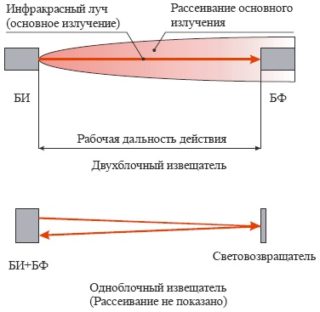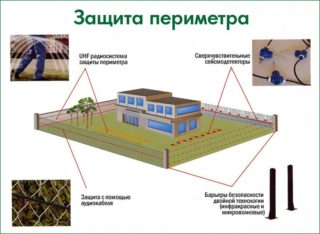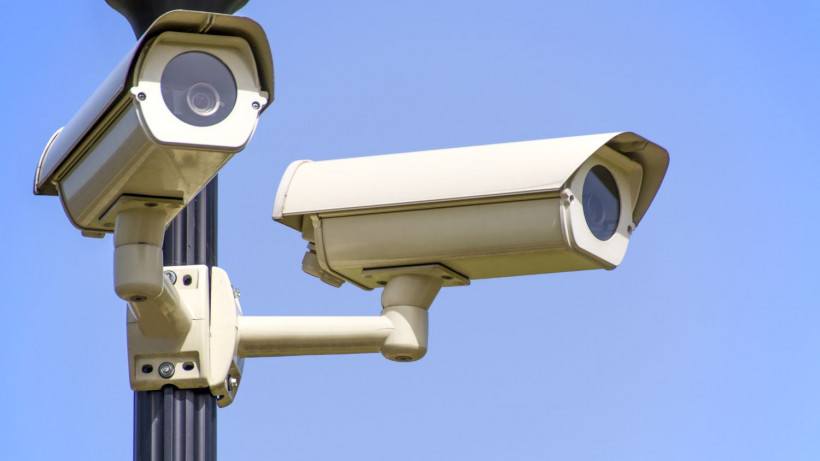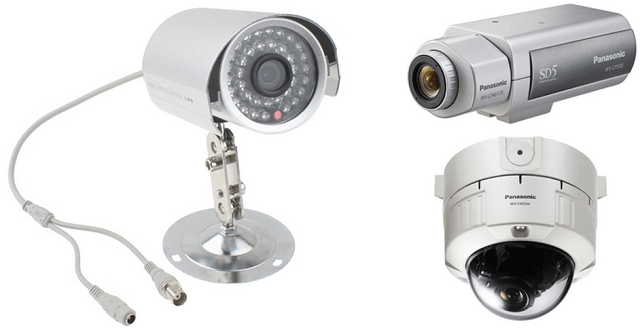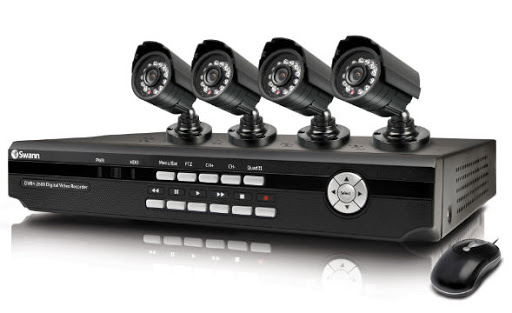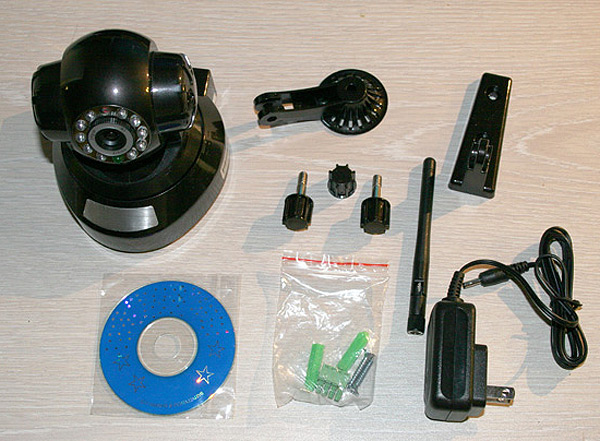Outdoor motion detectors for perimeter security make it possible with a high degree of probability to determine the presence of strangers on the site and take prompt measures to eliminate the danger. A wide range of outdoor perimeter security sensors is available in specialized stores. In order not to be mistaken with the choice and to assemble an effective design, you should familiarize yourself with the models, installation and operation features of the devices.
How outdoor motion sensors work for perimeter security
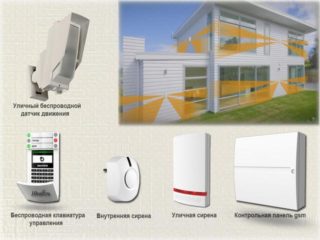
Security sensors are electronic devices based on various types of sensors. When the sensor receives a signal of the presence of a person in the protected area, it generates information, which is transmitted to the receiving device in the form of an electrical impulse. There the information is processed and the algorithm embedded in the device is used.
Depending on the program, the following processes are activated:
- siren;
- flood light;
- video camera;
- indoor and outdoor lighting;
- speaker;
- putting forward additional obstacles;
- voltage supply on fences.
The operation of the system can continue for a certain period of time or until it is turned off manually or remotely.
Factors affecting sensor performance

When planning a security system around an object, the conditions of its operation should be taken into account. The interval between the sensors and the location of their installation in a specific area of the terrain depends on this.
The following factors affect the operation of sensors:
- Weather. Each model has its own operating temperature range. High humidity and precipitation adversely affect the sensitivity of the devices.
- Environment. Sensor devices must be mounted on a solid, stable and static base. These are walls, pillars, supports. It is not allowed to hook devices on tree branches, flagpoles and overhead cables.
- The presence and design of the fence. The sensors are designed for a specific sector and installation height. The products have a limited sector and a dead zone where they are not able to identify the intruder.
The collection of data for a particular site is the cutoff moment. As a result, the list of devices suitable for the required criteria will be reduced to a minimum, which will make it easier and faster to decide on a purchase.
Varieties by design
Depending on the goals pursued and the characteristics of the perimeter, the following types of sensors are used:
- Single-block. They are the most common devices due to their compactness and ease of installation. The receiver and transmitter are located in the same housing, their interaction is displayed in the factory.
- Two-block. In such models, the signal receiving and transmitting devices are located in separate housings. The products are larger, but easier to maintain.
The design of the devices does not affect their sensitivity and reliability. The difference in prices is also insignificant.
Varieties according to the principle of action
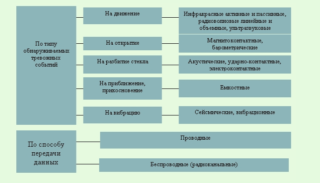
Touch sensors have a wide range of applications. They are used to create a security zone for private real estate, sites, warehouses, shops and offices. There is no need to obtain a special permit to install an external alarm.
For the arrangement of objects, devices of the following types can be used:
- Infrared. The outdoor IR motion sensor is triggered when the thermal background changes, which occurs when the beam is reflected from objects that have fallen into it.
- Radio waves. The sensor generates a signal when the amplitude of the signal emitted by the transmitter changes. The instruments are highly accurate and sensitive, but require ideal environmental conditions.
- Ultrasonic. The sensor is based on the nature of the reflection of radio waves from obstacles. The sensors pick up changes in the vibration frequency and convert them into an alarm.
- Photovoltaic. This is a new type of signaling with a wide range of applications. Perimeter violation detection is carried out by a highly conductive motion detector. Through the use of innovative technology, the system determines the presence and configuration of the intruder.
- Seismic. The sensors are buried in the ground, which makes them completely invisible. The arrangement in two rows makes it possible to determine the direction of a person's movement.
According to the option of obtaining energy, external sensors are divided into active and passive, wired and autonomous, powered by a network or batteries.
Rules for choosing motion sensors for perimeter protection
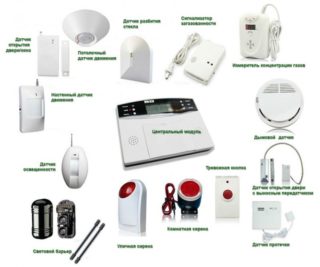
Reliable protection of the site from strangers is ensured by the quality of the equipment used for this and its compliance with the operating conditions.
When choosing an alarm for the perimeter of an object, you should be guided by the following criteria:
- supply voltage;
- connection type (wires or battery);
- detection range of the intruder;
- sector of the review;
- sensor sensitivity;
- dead zone parameters;
- response time;
- sensitivity;
- fastening type;
- weight and dimensions of the product;
- protection of the case from dust, moisture and mechanical stress;
- complexity of installation.
The issue of cost should not be put at the forefront, since the price of the protected property is incomparable with security devices.
Features of installation, connection and settings
Installation features:
- compliance with the distance between the sensors, taking into account weather conditions;
- installation of protection from the sun and precipitation;
- the use of reliable UV-resistant insulation;
- the height of the location, ensuring inaccessibility for hooligans;
- laying cables underground in polypropylene or polyethylene pipes;
- use of corrosion-resistant brackets and fasteners.
After installation, the system is turned on and configured by launching test violators at all sections of the perimeter.

